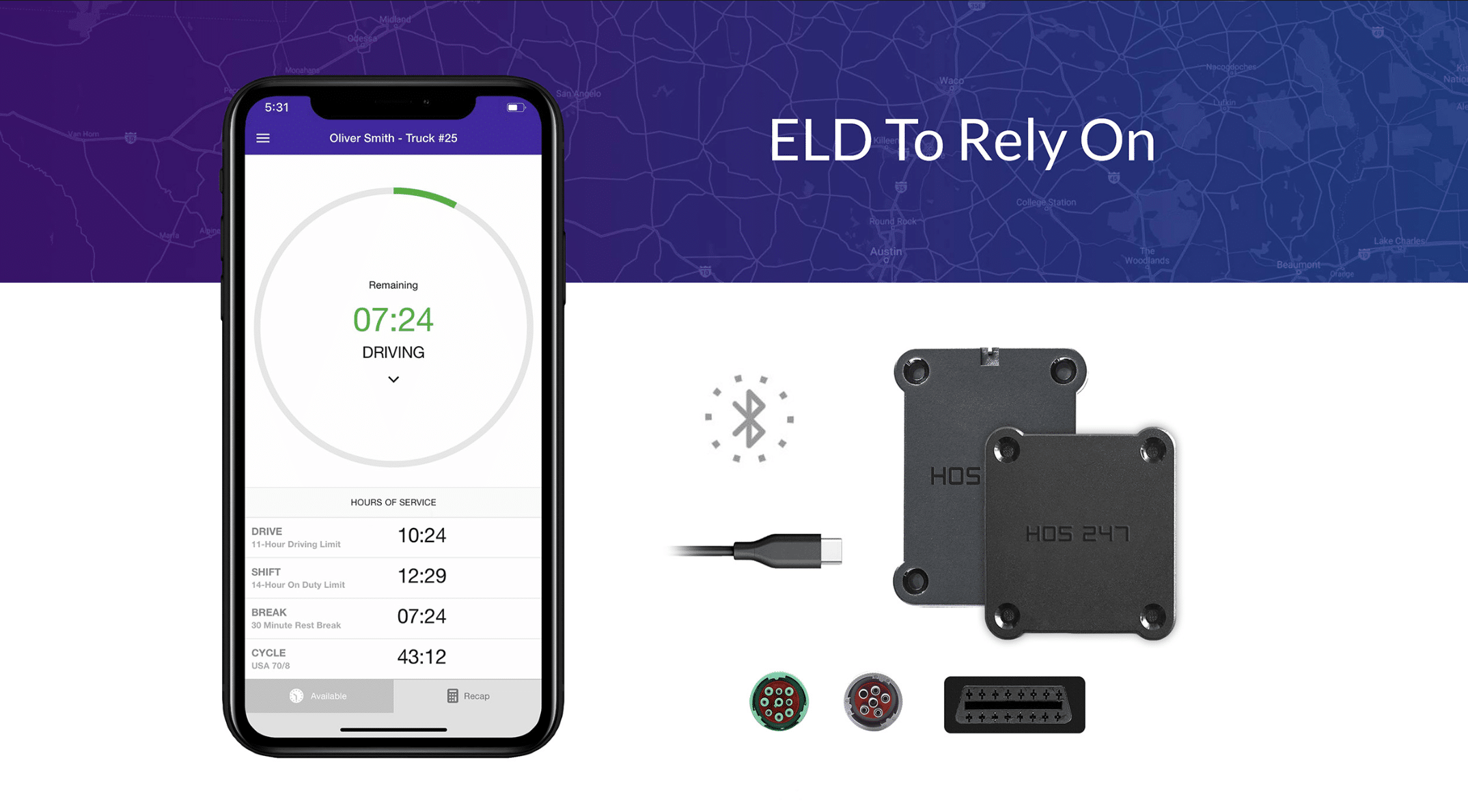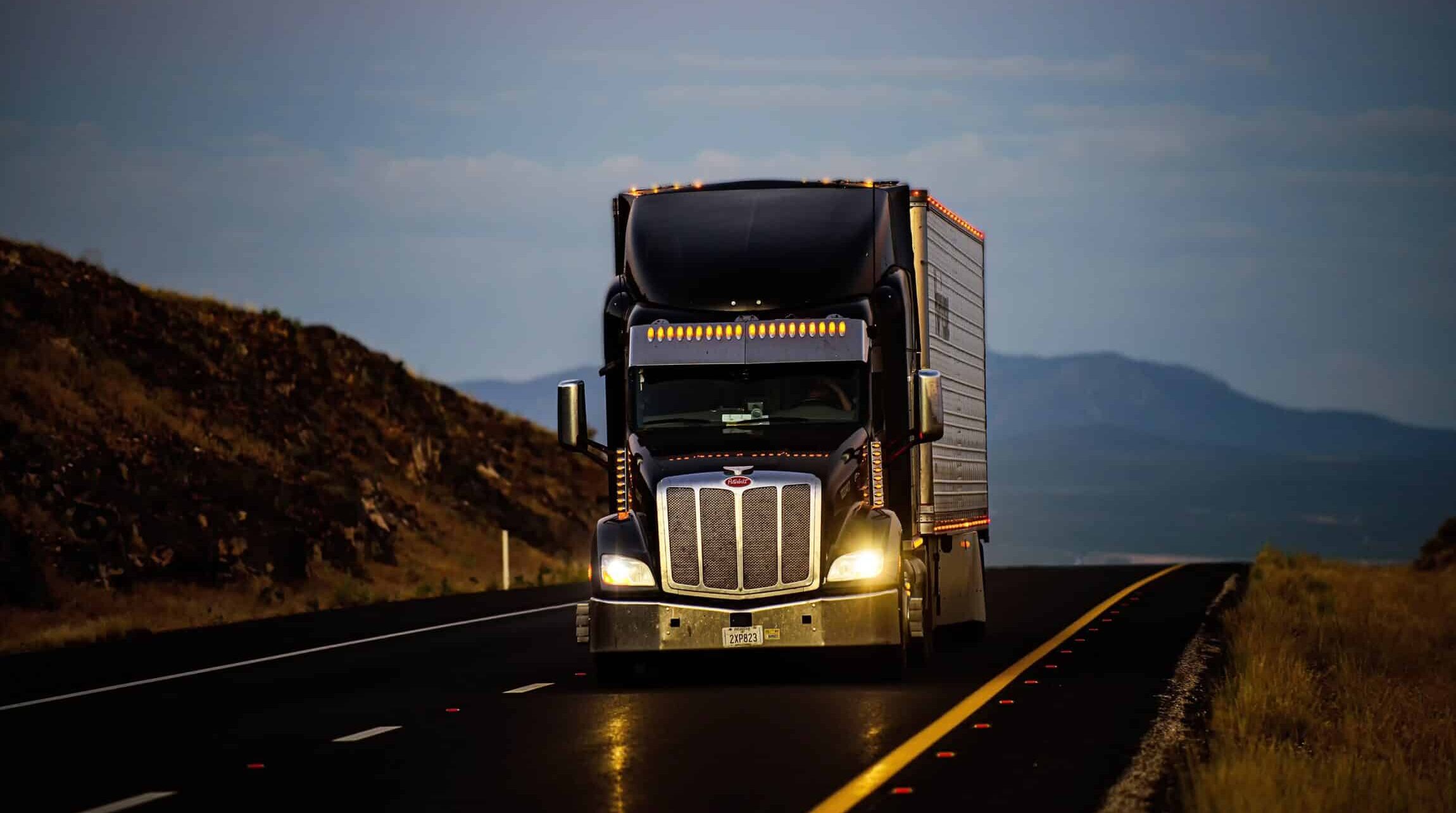Today, there are many options to make drivers’ daily operations more organized, efficient and safe. Among them is the electronic logging device (ELD), which is required for most commercial drivers to stay compliant with federal regulations. It automates log keeping and compliance tracking, reduces administrative burdens, and enforces necessary rest periods. However, not every device offers the same level of convenience, and choosing a reliable one can make a difference in daily operations.
Even though compatibility is critical, it is often overlooked. Android devices are favored by many trucking professionals for how affordable, versatile, and accessible they are. So, selecting an ELD for Android systems can get many compatibility concerns out of the way, bringing smooth operations, real-time data access, and an intuitive user experience to the front.
This article will help you navigate the best elog app options for Android. We’ll cover the active regulations for electronic logbooks, the advantages of Android devices, and some key features to look for when opting for an Android ELD. We’ll also look at the best options available up to date and help you integrate an Android-compatible elog into your fleet.
By the end, any CDL driver who needs an ELD Android app will have a clear understanding of what to look for in it and how to choose a solution that best reflects your needs.
Do you have any questions? Talk to ELD Advisor: 650-405-3372 or Request Callback
Understanding ELD Requirements in 2025
Regulations are the foundation of compliance, fleet safety, and operational effectiveness industry-wise. So, there are strict guidelines that must be followed by all commercial fleet drivers. Understanding these requirements is a must for choosing an Android-compatible ELD.

Key ELD Regulations In Place
The Federal Motor Carrier Safety Administration (FMCSA) sets strict guidelines regarding compliance. Here are the essential requirements every trucker and fleet manager must follow:
- Mandatory ELD usage. An FMCSA-approved ELD must be used by all commercial fleet drivers required to maintain HOS records.
- Engine synchronization. It must be directly connected to the vehicle’s engine to gather driving time and track vehicle operation.
- Automated data recording. It must record date, time, location, engine hours, vehicle miles, and identification info for the driver, authenticated user, vehicle, and motor carrier.
- Data transfer. Data transfer to authorized safety officials must be supported via wireless web services and email, or through USB 2.0 and Bluetooth. The access must be easy and quickly accessible for a smooth inspection process during roadside checks.
- Tamper resistance. Elogs must have measures against data tampering and must record edits, guaranteeing the integrity of HOS records.
- Driver certification of records. Drivers are required to review and certify the accuracy of the information in their records, including any edits made by motor carriers.
- Malfunction reporting and resolution. In the event of a device malfunction, drivers must note the malfunction and reconstruct their HOS records for the previous seven days using paper logs or alternative methods. The motor carrier then has up to eight days from the date of the malfunction to repair or replace the device and return to full compliance.
- Retention of supporting documents. Motor carriers must retain supporting documents for at least six months after the date of the record to verify the accuracy of HOS logs. These documents can include bills of lading and dispatch records.
- Harassment protections. The mandate includes provisions to protect drivers from harassment resulting from information generated by elogs.
- Exemptions. Some drivers are exempt from the ELD mandate, such as those operating under short-haul exceptions, those using paper RODS for not more than 8 days out of every 30-day period, drivers conducting drive-away-tow-away operations, and drivers of vehicles manufactured before the year 2000.
Such thorough compliance requirements didn’t appear out of nowhere. To understand how the mandate came into place, let’s go over its brief history.
A Brief History of the ELD Mandate and Its Evolution
The journey to the current rules began with the Hours of Service regulations by the FMCSA to manage driving hours and adequate rest. Initially, drivers used paper logs, but these manual records became prone to errors and manipulation.
In 2015, the FMCSA announced the ELD mandate, requiring most commercial motor vehicles to adopt electronic logging. The goal was to reduce HOS violations and enhance road safety. As part of the rule, the FMCSA included provisions for data accuracy, tamper resistance, and remote data transfer.
By December 2019, the mandate was fully implemented, and as of 2025, the regulations are expected to continue evolving. Discussions have emerged around revisiting exemptions for older trucks and refining malfunction protocols, which could impact how fleets integrate ELDs into their operations.
Why Compliance Matters
Compliance with ELD regulations isn’t just about legal requirements. It directly impacts the efficiency, safety, and financial health of any trucking operation. Non-compliance can lead to a range of consequences:
- Fines and penalties. Drivers and carriers who fail to comply with the requirements face potential fines, which can escalate depending on the severity of the violation.
- Out-of-service orders. Drivers who cannot produce compliant HOS records may be placed out of service. Their trucks won’t be able to continue moving until the issue is resolved, causing delays and financial losses.
- Reputation damage. Consistently failing inspections harms a fleet’s reputation, affecting client relationships and business opportunities.
- Increased operational costs. Non-compliance may cause unplanned downtime and emergency repairs.
So, adopting a reliable and FMCSA-compliant electronic logging system is essential for avoiding penalties and maintaining smooth operations. An easily updatable and customizable Android-compatible ELD can keep your fleet compliant even as regulations evolve.
Why Choose an Android-Compatible ELD?
The market offers various elog options, but Android-compatible ELDs have a reputation of being a practical and cost-effective choice due to ease of use and accessibility.
One of their greatest advantages is device flexibility. While many systems rely on proprietary tablets that can only be used with a specific brand or model, an Android-based elog app offers more freedom. Drivers can operate it on a variety of smartphones, tablets, or rugged fleet devices, even their own Android phones. If a device becomes damaged or outdated, it can be easily replaced — no specialized equipment needed.
An ELD for Android is also a more cost-effective solution. Using existing Android devices avoids the high upfront cost of dedicated tablets, and if a device malfunctions, it can usually be replaced quickly and affordably. In contrast, proprietary systems often come bundled with expensive hardware and may require long-term commitment — although pricing models vary by provider.
For many drivers, adapting to new technology can be a challenge as well. Since Android is the most widely used system, most truckers are already familiar with it. App navigation, troubleshooting, and customization come easier when you already know what you’re dealing with.
Modern fleets usually rely on multiple digital tools for fleet management, navigation, communication, and compliance tracking. A downloadable ELD for Android is easy to integrate, meaning that GPS navigation features, fleet management tools, and messaging & workflow apps can be united in one place. And since Android devices support Wi-Fi, Bluetooth, and cellular connectivity, ELD data transmission stays fast and secure.
For trucking businesses looking to simplify compliance while keeping costs down, an Android ELD is a solid option.
HOS247: A Premium ELD Solution for Android
For truckers and fleet operators looking for a reliable Android app for ELD logs, HOS247 delivers a user-focused product marked by efficiency and ease of use. Here are the benefits making HOS247 stand out as a top choice in the market:
- User-friendly interface. The HOS247 app has an intuitive layout for easy navigation and minimal training time.
- Reliable hardware & connectivity. With stable Bluetooth and cellular connectivity, logs are accurate and accessible at all times.
- Multilingual support. Available in English, Spanish, Russian, and Polish, HOS247 breaks down language barriers to serve diverse teams across regions.
- No-contract policy. Flexible subscription plans with no long-term commitments, so fleets can scale as needed.
- Top-rated customer support. A top-rated support team with a callback guarantee for fast assistance when needed to minimize downtime.
- Advanced fleet management. Real-time GPS tracking, vehicle diagnostics, and IFTA calculations are available to help truckers streamline fleet operations.
- Automatic updates. Maintained FMCSA compliance with regular software updates.
- Two-week trial. Risk-free testing period to experience the benefits before committing.
With HOS247’s Android elog, truckers and fleet managers get a dependable, easy-to-use solution that enhances compliance, safety, and efficiency without hidden fees or restrictive contracts.
Top Android Apps for ELD Logs
Now, let’s take a look at some of the top downloadable ELDs for Android that are the popular choices of leading providers.
| RANK | ELD PROVIDER | ANDROID PLAYSTORE |
|---|---|---|
| 1 | ||
| 2 | Motive | |
| 3 | Rand McNally | |
| 4 | BigRoad | |
| 5 | ||
| 6 | Geotab | |
| 7 | PeopleNet | |
| 8 | JJ Keller | |
| 9 | ||
| 10 | Stoneridge | |
| 11 | Transflo |
Key Features to Look for in Android ELDs
Choosing the right Android app for ELD logs starts with a thorough feature analysis. Let’s see what to focus on when searching for your perfect solution.
Core Features
- Intuitive interface. This is central to the amount of training time and errors.
- Hardware reliability. Durable construction is irreplaceable in demanding trucking environments.
- Consistent Bluetooth or USB connectivity. This feature supports uninterrupted data transfer on the go.
- Automatic HOS calculation. Takes the guesswork out of compliance by keeping accurate records of driving and rest hours.
- Support for Driver Vehicle Inspection Reports (DVIR). Simplifies the Driver Vehicle Inspection Report process and promotes better vehicle maintenance.
- Data security. Keeps sensitive information backed up and protected from unauthorized access or data loss.
- Smooth integration. Integrates easily with other business tools and platforms, minimizing disruption and accelerating adoption.
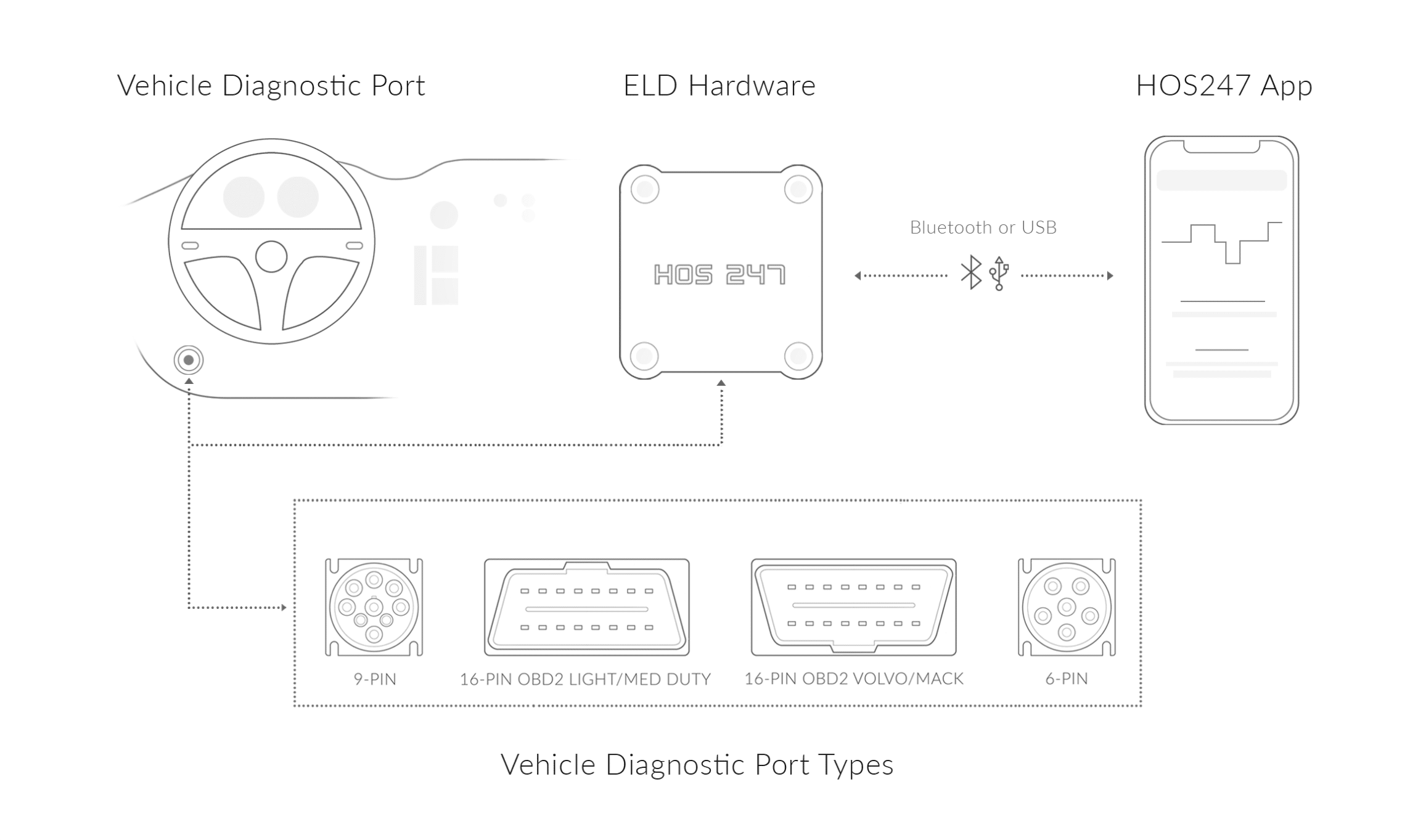
Additional Features
- GPS tracking. Provides real-time location data to help fleet managers monitor vehicle movements and routes.
- IFTA reporting. Automates fuel tax reporting across jurisdictions, saving time and reducing human error.
- BYOD (bring your own device) compatibility. Allows drivers to use their existing Android smartphones or tablets as ELD display devices, offering flexibility, faster replacements, and lower hardware costs.
- Alerts and notifications. From rest break reminders to excessive idling, this feature lets fleets create reports to match both regulatory and company policies.
Drivers need a solution that streamlines their workflow and holds up under pressure. These features can deliver long-term value through greater efficiency, visibility, and control across the fleet.
Implementation and Training Considerations
Transitioning to a new system can be a challenge. That’s why careful planning is the most important part of adjusting to a new system. There are two key parts to smooth implementation:
First, select an Android elog that integrates seamlessly with existing workflows – and feel free to use the recommendations for choosing your solution above. From then on, clear communication with drivers and fleet managers about the transition timeline, expectations, and benefits is the best way to ease adoption.
Second, driver training is just as important, as even the most user-friendly ELD requires familiarity. If available, hands-on demonstrations and practical onboarding sessions can help drivers navigate key functions such as logging hours, certifying records, and handling roadside inspections. As drivers adapt, ongoing support and access to troubleshooting resources can prevent frustrations and compliance issues.
The most common implementation challenges are connectivity problems, resistance to change, and device management concerns. Ensure that Android tablets or smartphones are compatible and equipped with enough storage for system stability. Regular software updates, secure data handling, and clear company policies can also help keep the system running smoothly.
For best results, focus on a structured rollout and continuous driver support to get the most out of your Android-based electronic logging system with little to none operational disruptions.
Conclusion
Choosing the right ELD for Android can change your entire fleet performance for the better instead of just meeting compliance. It all comes down to making the choice that’s based on your personal requirements.
For small fleets and independent owner-operators, ease of use and affordability are a must. Larger operations may prioritize robust fleet management tools and dedicated customer support.
Regardless of fleet size, using a dependable, FMCSA-compliant Android ELD ensures long-term efficiency. So, evaluate your requirements, compare top-rated solutions, and choose one that meets your needs and supports both current requirements and future regulatory changes.

I’ve co-founded, built and managed several transportation-related businesses. Now, I’m a founder and CEO of HOS247 – an AI Transportation Platform for trucking companies, freight brokers and other logistics operations. We are transitioning old-style operations to technology-advanced logistics entities and help them to grow their businesses. ELDs (electronic logging devices), fleet tracking and management 2.0 combined with AI-powered dispatch tools.











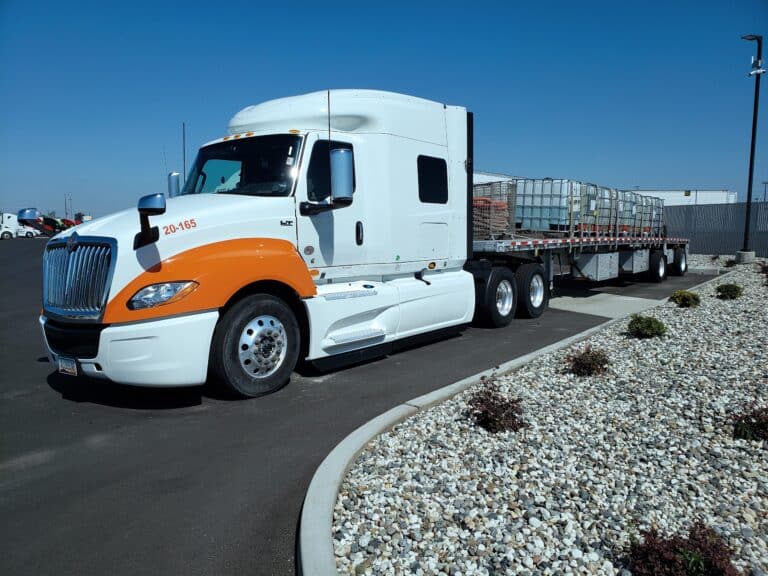
Hours of service records have been a part of truckers’ jobs for many years. Since HOS rules became law and up until the ELD mandate was passed, paper logs were the way to keep records of duty status. Drivers would
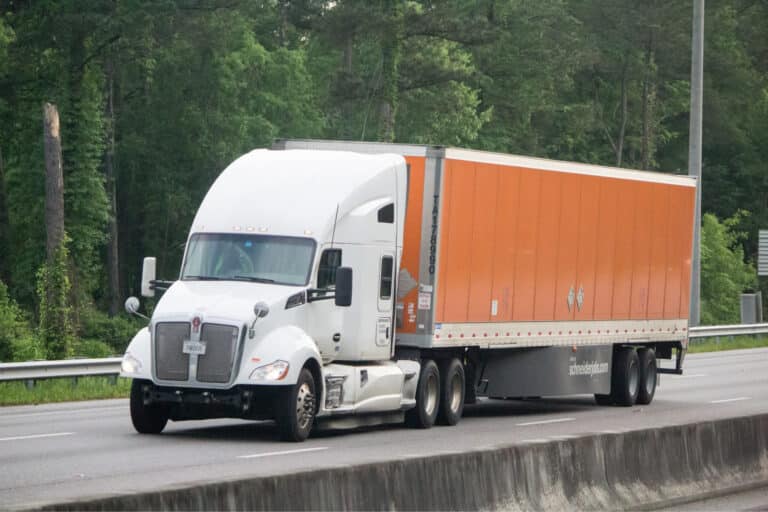
Security is a paramount concern for any trucking business. In order to maintain a high level of security, carriers often seek out effective tools to ensure smooth operations, timely deliveries, and, most importantly, the safety of their fleet. One highly
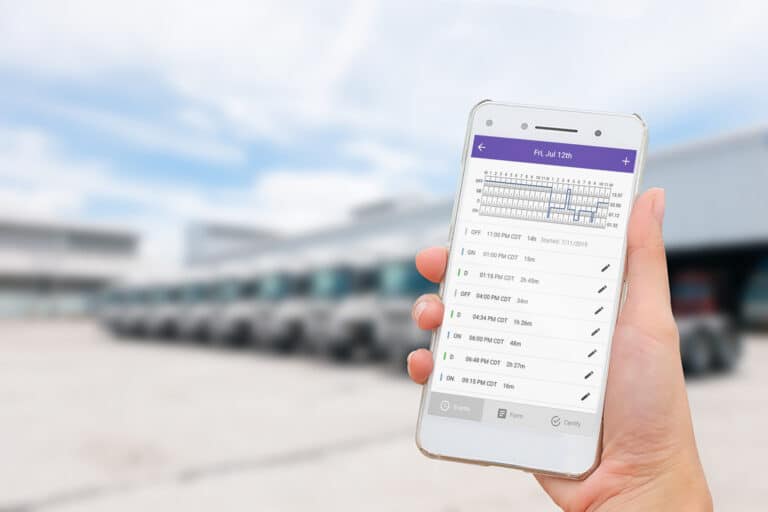
Among hundreds of ELD apps, HOS247 should be your first choice Making the switch to one of the hundreds of ELD apps available on the market can feel overwhelming. Unfortunately, many transportation companies and owner-operators feel that their current system
